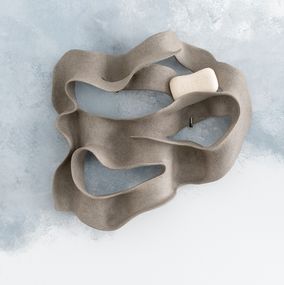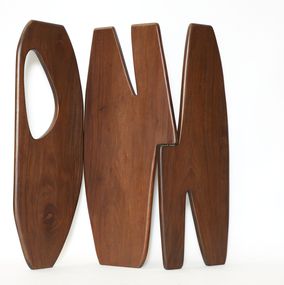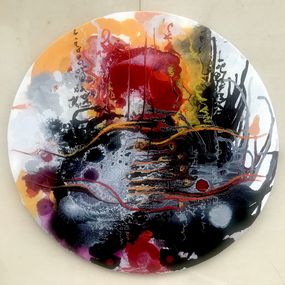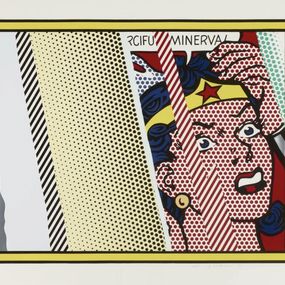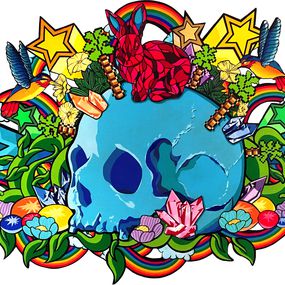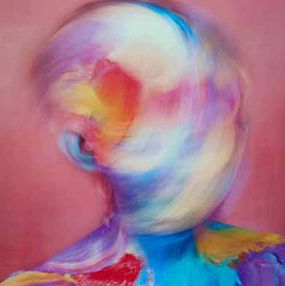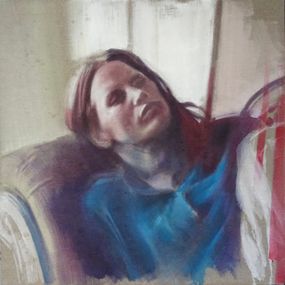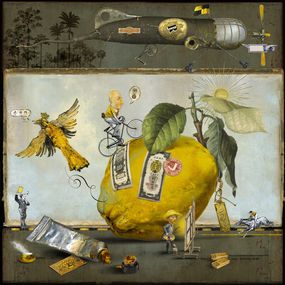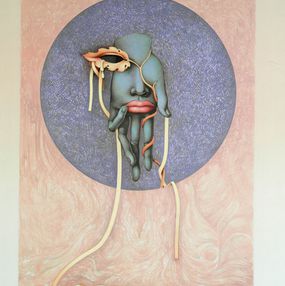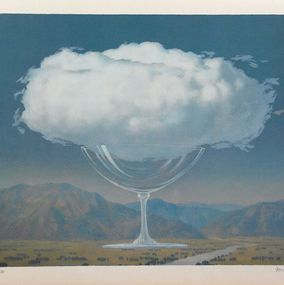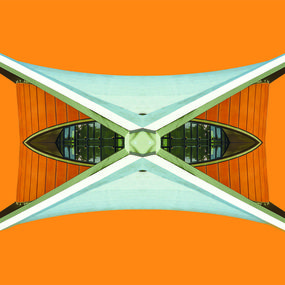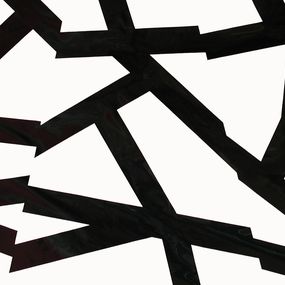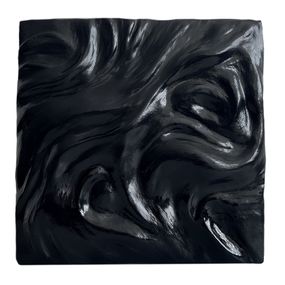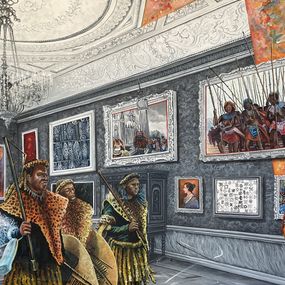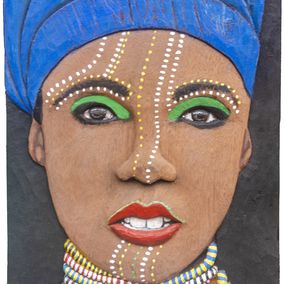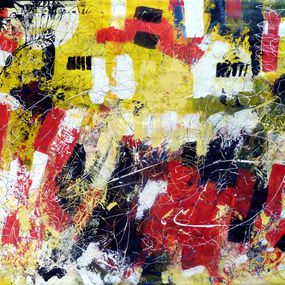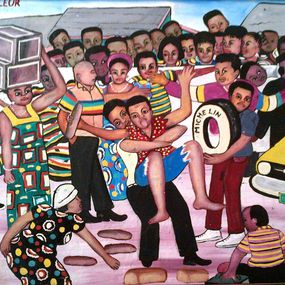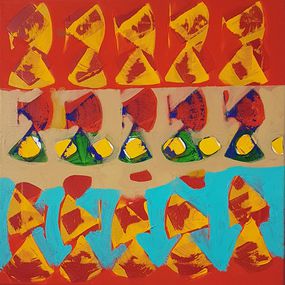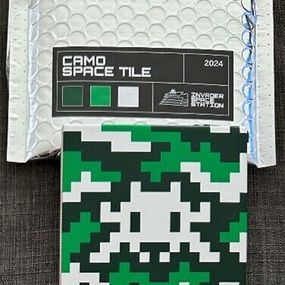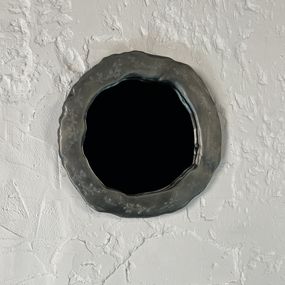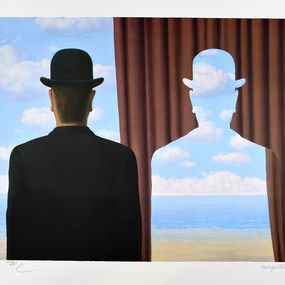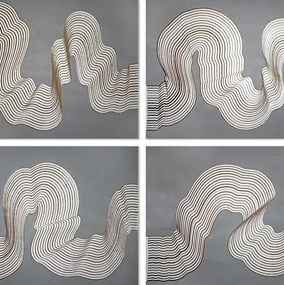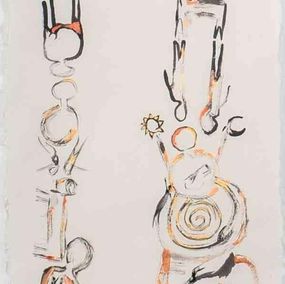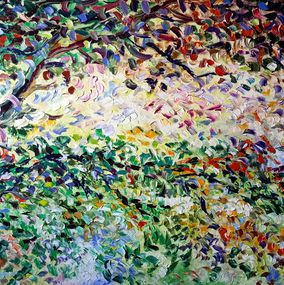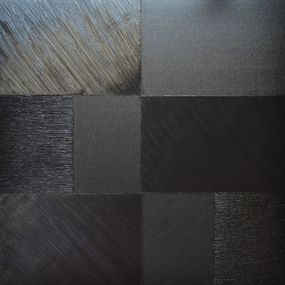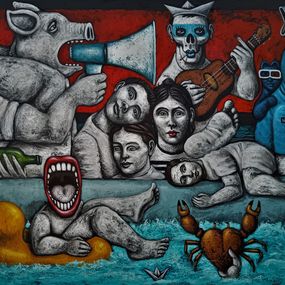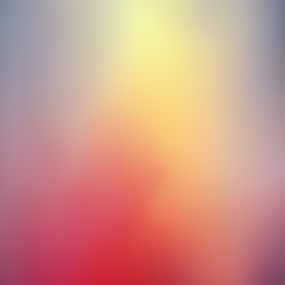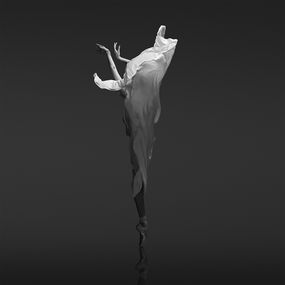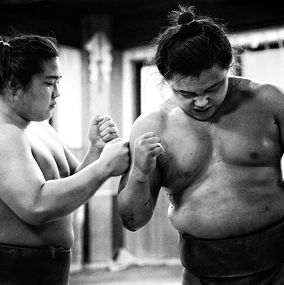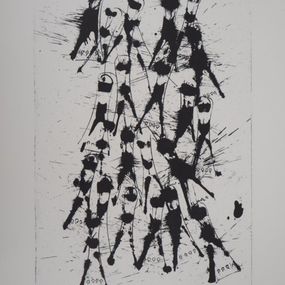


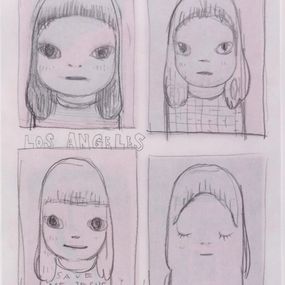
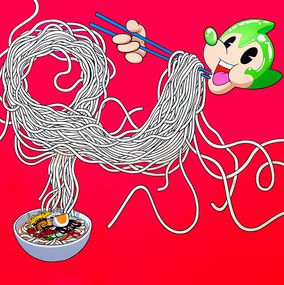
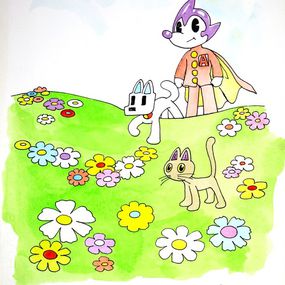
Printmaking is an artistic technique in which several images are made from an original or from a specially prepared surface. Prints are the images that are produced by this process. Prints are a type of edition which refers to a work created from a master version, sculptures, for example, sculptures can also come in editions. Prints are original works although they are not necessarily always signed by the artist. They are created with the help of an industrial or mechanised process. There are numerous types of prints, such as lithography, serigraphy or screen printing, engraving...The print's number out of the total is always detailed on the work as '15/100' for example, in order to indicate the work's uniqueness. The work's exclusivity and value varies depending on the number of editions and whether it has been signed by the artist or not. Producing limited editions means that artworks made by renown artists in modern and contemporary art are made more accessible to a larger audience, without taking away from the quality and rarity of the piece. Certificate of authenticities are important when it comes to editions and prints as this helps to prevent fraudulent copies.
It is important to remember that the editions produced today in the art world were only made possible thanks to the key technological progress that was made in the printing industry throughout history. These advances became more accessible by the 19th century, and in particular thanks to the lithographs produced during the Art Nouveau period following the 1900 International Exhibition in Paris. This process, which first appeared in Germany in the 18th century, has various different uses including press illustrations (thanks to its rapid production rate) and art reproduction. Lithography is a chemical process which is based on the immiscibility of water and a fat-based substance. The subject is drawn onto a stone with ink, and once it has been moistened and covered with a greasy ink. As the initial ink is hydrophobic it only clings to the drawing and is repelled by the wet areas. Paper is applied to the stone and then a printing press is used to transfer the drawing onto its surface. Over time the technique has evolved and been perfected.
Certain artists, such as Henri de Toulouse Lautrec, use this technique to create several copies of an original artwork. Others use it to reproduce older works. In the 20th century, some of the great masters including Picasso and Miro worked with lithography to create numerous posters which they often used for their own exhibitions.
Alongside lithography, there is also silk screening. Invented in China during the Song dynasty (962-1279), it didn't reach the United States until the 19th century and it was introduced to Europe after the Second World War. In 1920s Berlin, Kodloff and Biegeleisen were the first to test it by printing on paper and named the process “Siedbruck". From 1938 onwards, prints took over serigraphy thanks to the work of Guy MacCoy but its popularity truly started to soar with the pioneers of Pop Art, Andy Warhol and Roy Lichtenstein.In France, the silk screen posters made by the students taking part in the May 68 protests gave this art technique an almost legendary status.
Digital technology now has a role to play in all of these processes and digital printing currently makes up a key part of the art market. It allows for the creation of high-quality images in a short period of time and this has multiplied the creative possibilities for artists. There are also of course, several other older techniques which are still used today including etching, engraving, woodblock carving and drypoint.
In this category you will find figurative and abstract artworks, portraits as well as landscapes, Pop Art and Minimalism, made by young and renowned artists alike. Artsper's collection includes works from famous artists such as Damien Hirst, Shepard Fairey, Banksy, Miss Tic, and Sol LeWitt. Don't forget to take a look at the work of some of our lesser known artists who are just as talented as their more well-established counterparts, including Nathan Chantob and Rero...









